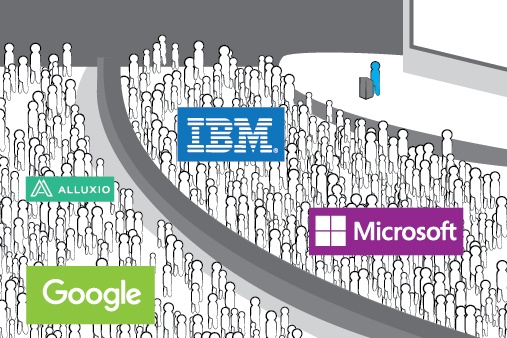In my role of leading Product Management and Presales at Opera Solutions, I am constantly exposed to direct customer interactions, most often in the early stages of the sales cycle. In these meetings, part of my job is to assess our prospective customer’s pain points and needs as much as they are assessing our products, technology, and capabilities. Thus, given the exposure we get at Opera Solutions, I am in a good position to understand real-world business needs around analytics across industries.
We often talk about corporate cultures, but the experience with hundreds of customers led me to think of corporate psychology, and juxtaposing Maslow’s hierarchy of needs to the current state of data science adoption and readiness in the industry. Companies need to recognize the stage they are in and not be seduced by the hype or promise of the technology. Data science adoption needs not follow a sequential maturity process; dynamic corporations can certainly accelerate things when the need and will exist. So for fun, here’s a take on Maslow’s Hierarchy of Needs adapted to data science.












